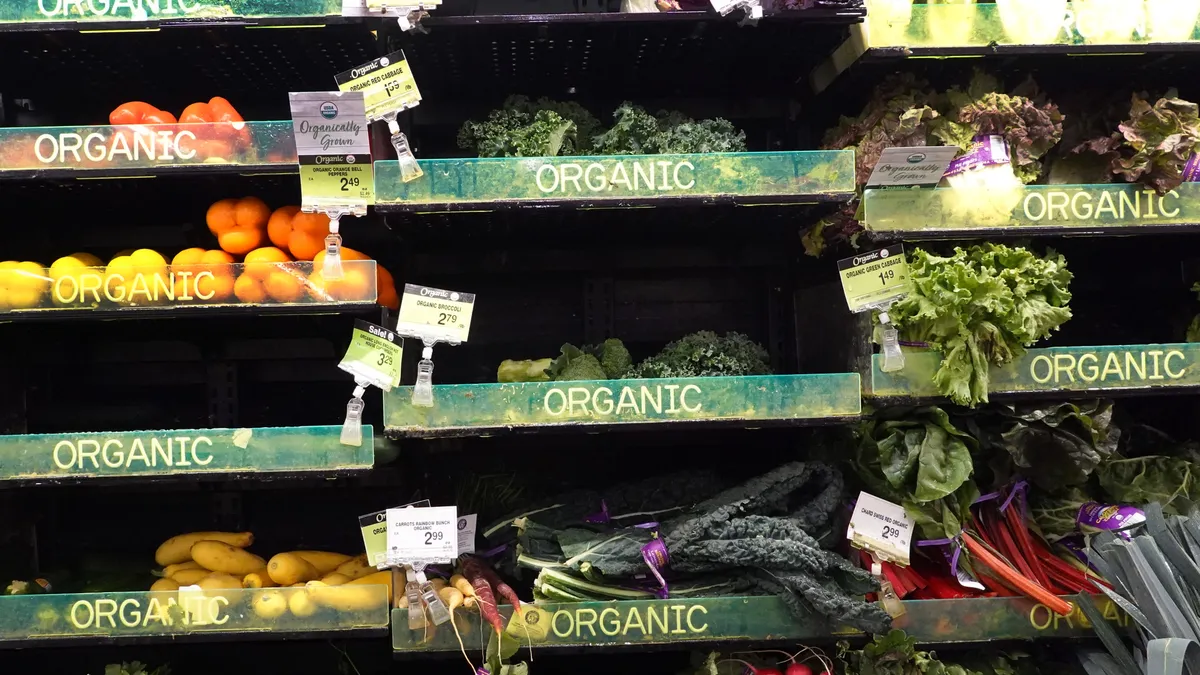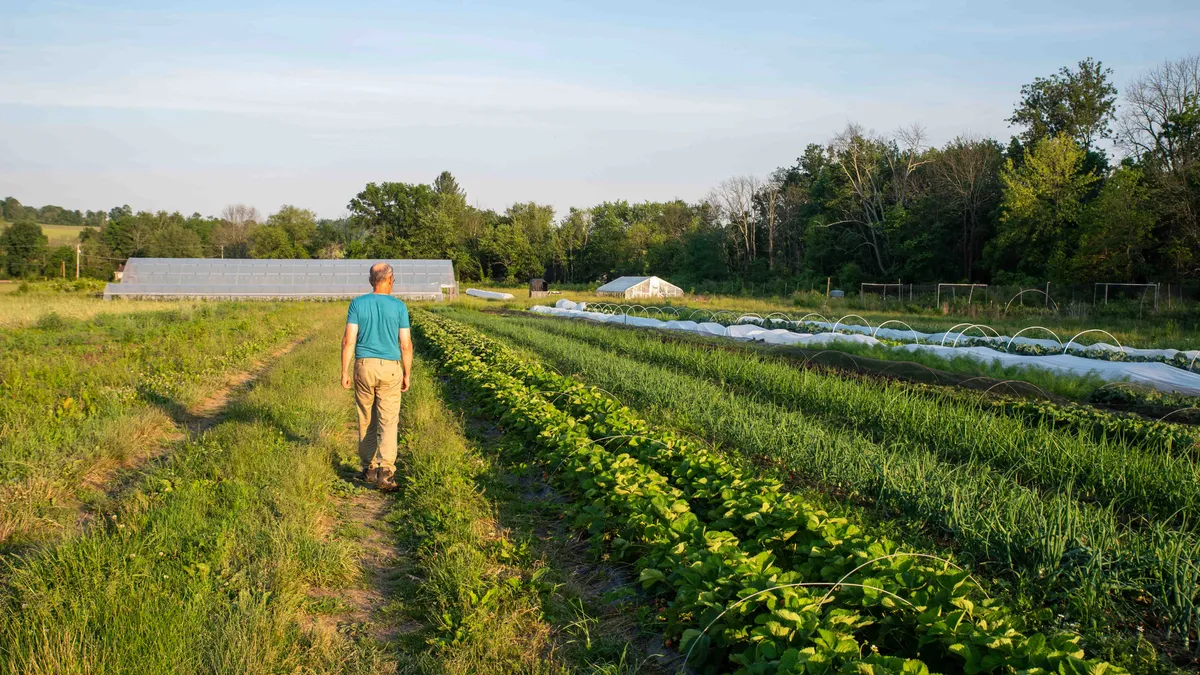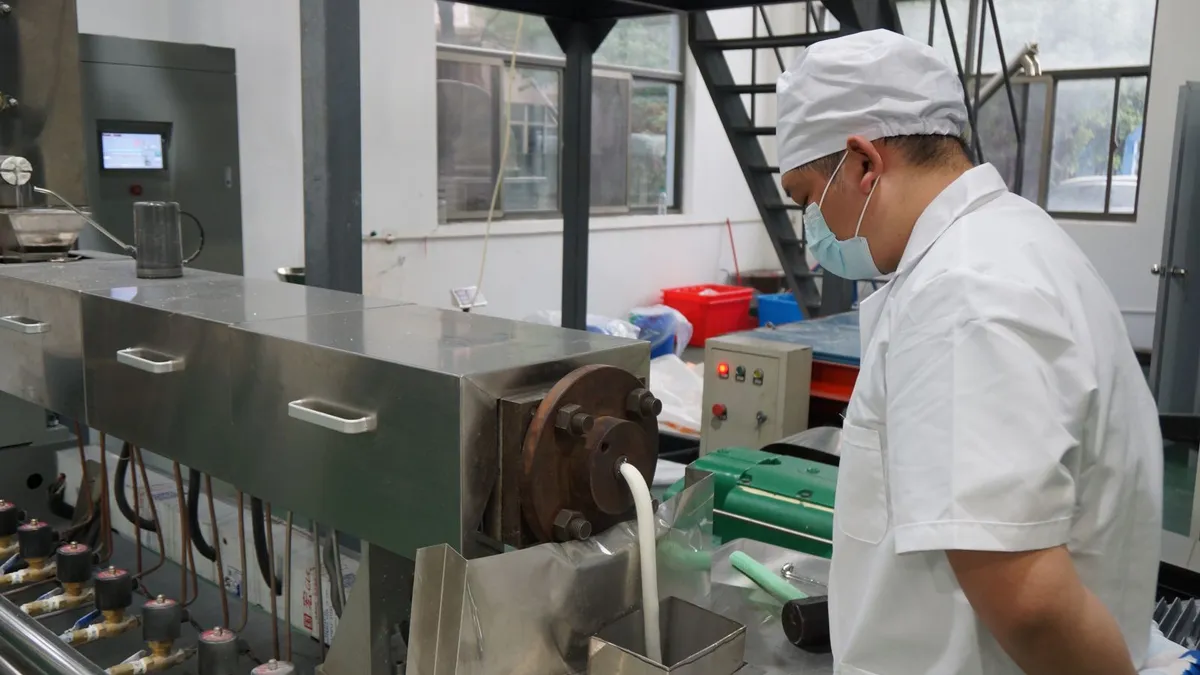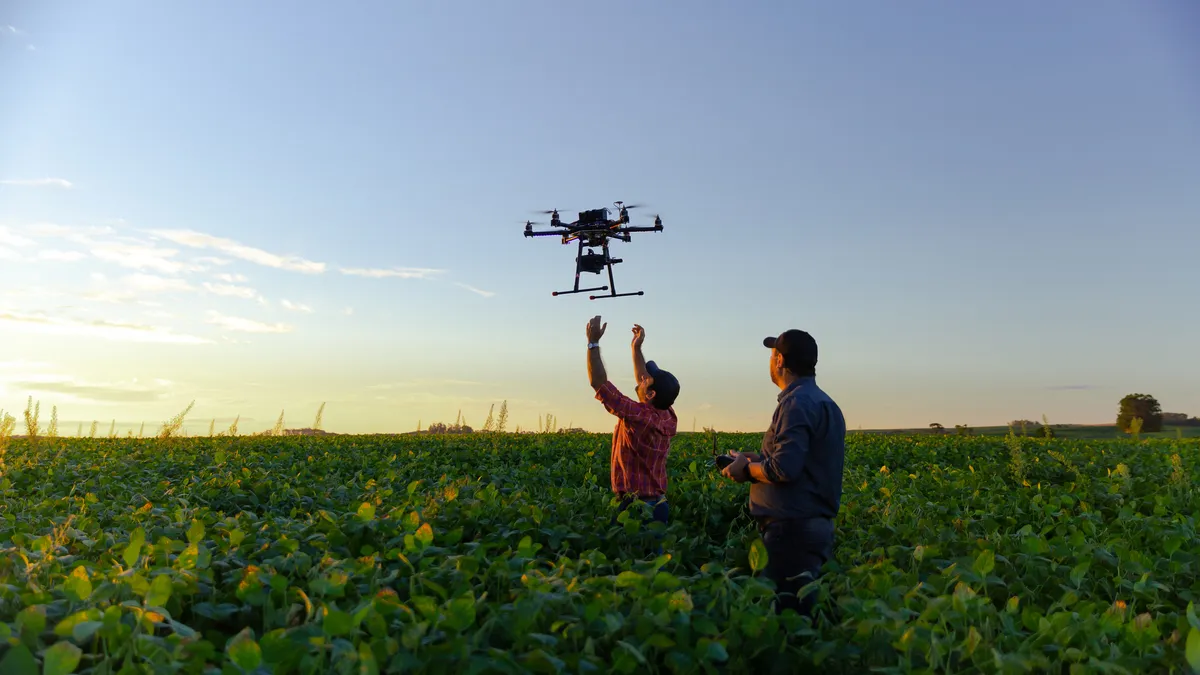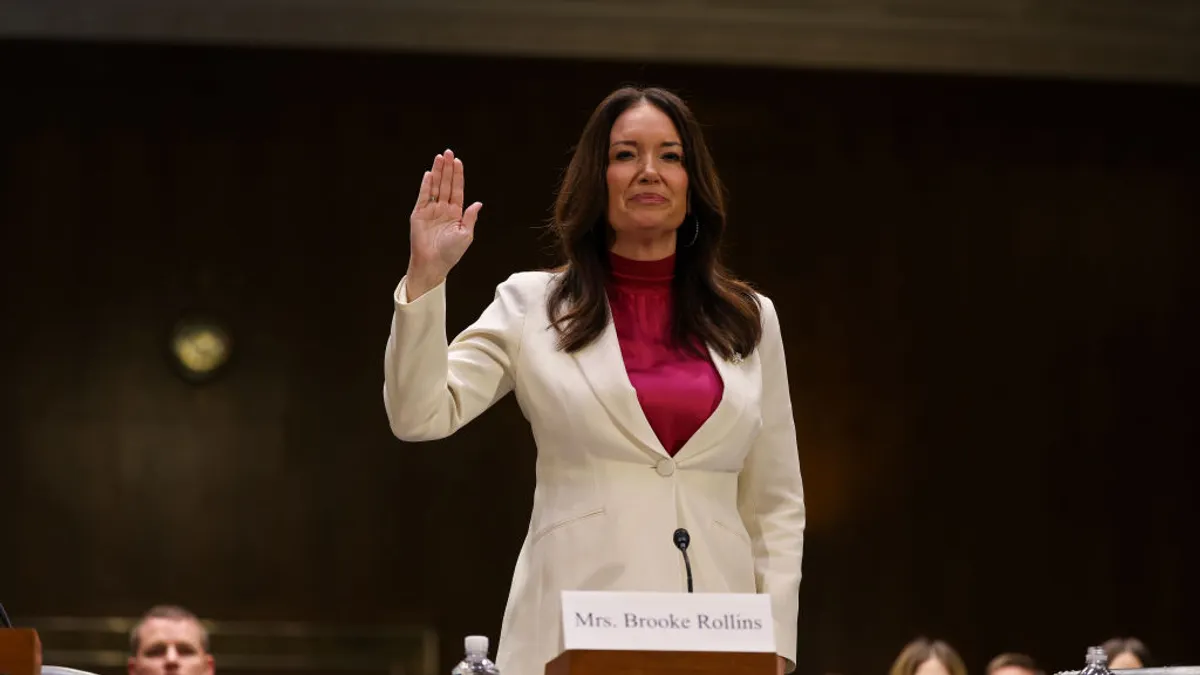The U.S. Department of Agriculture’s National Organic Program is defined by small updates. That changes in March, when the wide-sweeping amendments known as Strengthening Organic Enforcement and Organic Livestock and Poultry Standards Rule will become enforceable.
These amendments, introduced last year, encompass the most extensive update to the program since the original Organic Foods Production Act of 1990.
Many agree it’s time.
“The USDA organic seal is the most heavily regulated and closely monitored label in the U.S., and it is respected worldwide,” said Scott Rice, Regulatory Affairs Director for the Organic Trade Association. “The new rule closes gaps in the organic supply chain and builds consistent certification practices. This will safeguard organic product integrity to ensure continued consumer confidence in the USDA organic seal.”
Yet, opinions differ on how much of a change these rules make.
“The SOE and OLPS will greatly impact the organic certification program,” adds Kate Mendenhall, Executive Director of the Organic Farmers Association. “But I wouldn’t say they are a total revamp. Rather, the National Organic Standard undergoes continuous improvement.”
Why these changes?
The goal of these updates is simple — stop organic fraud.
The USDA gained a reputation for inconsistent interpretation and implementation of regulations, which weakened USDA Organic’s brand power.
Two decades ago, organic supply chains were short and transparent, and their regulations reflected that. That changed as USDA Organics transformed into an $11-billion industry. Increasing complexity made it possible for fraud to fester within the supply chain.
“Although the vast majority of organic operations are already doing the right thing, fraud cannot be tolerated in organic, inside or outside of the United States,” Rice said.
The updates are designed to increase transparency in organic certification by targeting fraud and growing industry and consumer confidence. The changes will require more recordkeeping along the entire organic supply chain, even for products that only utilize a small portion of certified organic ingredients.
“The organic community has asked for more action from the USDA to increase fraud prevention, improve authority at the U.S. border, and enforce organic regulations,” Mendenhall said. “SOE and OLPS move us toward these improvements.”
Key impacts of SOE and OLPS
While the original USDA Organic standard focused on farmers and retailers, SOE and OLPS will expand its impact. Among other measures, they broaden certification requirements for different players within the supply chain, increase the frequency and intensity of organic inspections and require more data, more frequently, from certified operations.
USDA-accredited certifying agents, retailers, businesses that import organic products and operations considering the segue into organic growing will all be affected. In this way, the policies protect the integrity of USDA organic certification and improve the confidence of farmers and consumers that ‘Certified Organic’ means what it promises.
“Consumers have always had high trust in the USDA seal,” Rice said. “With a rigorous third-party verification system backed by federal regulations developed through a transparent public process, the USDA organic seal is the most trusted label in the marketplace.”
That’s not to say there won’t be unintended consequences.
“Organic recordkeeping is already extensive. We will likely lose small and mid-size organic farmers from the program if we do not address this issue,” Mendenhall said.
OLPS impacts on livestock and poultry
Poultry and livestock are not exempt from these changes. The OLPS establishes strong standards that improve animal welfare practices and clarify how they are enforced.
These rules aim to improve consumer trust and ensure that every seller will adhere to the same standards. This levels the playing field between large and small producers while ensuring that more animals are raised humanely. The rules include outdoor space requirements per species, living conditions, how animals are transported to slaughter and more.
One of the updates includes the rule that organic livestock must have year-round access to the outdoors at all times. Pigs face additional requirements to support their ability to root and live communally. Poultry farmers have four extra years to comply with outdoor space requirements.
The updates should ease confusion for consumers, who never know precisely what “free-range” eggs mean in the grocery store. The term before could refer to chickens that spent their lives on pasture or those with limited access to a tiny concrete pad. Now, conditions will be equalized between USDA Organic producers.
Moving forward: modifications for small-scale farmers?
Every player within the organic supply chain has until March 19, 2024, to comply with the SOE and OLPS requirements.
Looking forward, Mendenhall hopes that a process of gradual change will make sweeping updates like the SOP and OLPS less necessary.
“Right now, the Organic Farmers Association supports a measure called the Continuous Improvement and Accountability in Organic bill. This new process would keep organic standards development moving regularly. That way, large rules like SOE and OLPS would not be so massive, but smaller rules moving along as the community identifies a need for improvement.”
Ultimately, she hopes that further updates will ease the increasing burden on mid-size operations.
“Small farmers who sell a small amount of product to their local community should not undergo the same recordkeeping burden that high-risk operations need to maintain compliance. Keeping organic certification affordable is key to attracting new organic farmers.”


